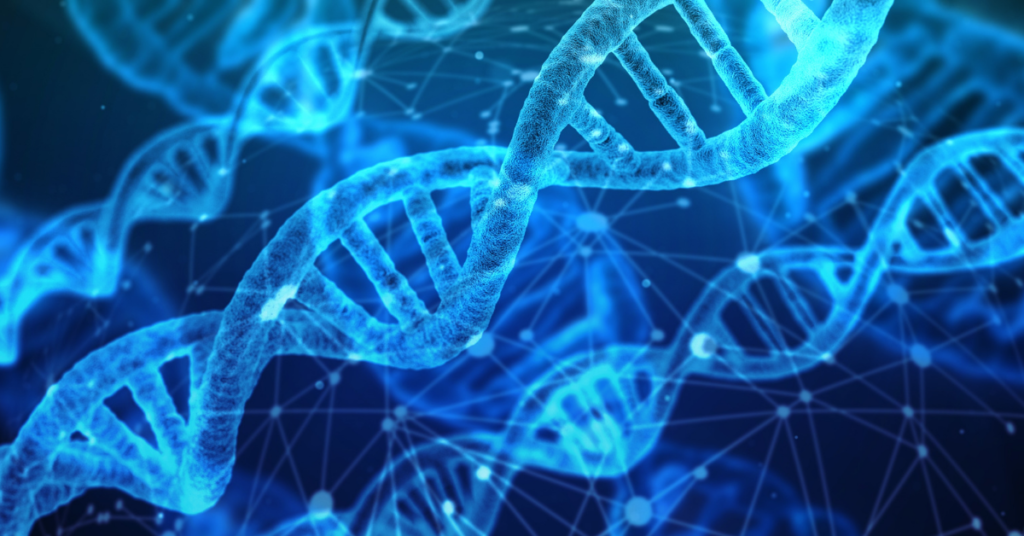When Charles Darwin first published his theory of macroevolution (descent with modification from one common ancestor) in 1859, he outlined three main processes that would be the driving force of evolutionary change. To him, macroevolution was the inevitable result of random, genetic mutations that produce a change in the species that is preserved by natural selection working over a long period of time.
According to his theory, the impetus of these changes to the species is a random, genetic micro-mutation. Darwin believed all of life could be explained by the success of “numerous, slight, successive modifications.” Genetic mutations do occur, but is it possible for those random mutations to produce the tree of life we see today?
What is a genetic mutation?
A genetic mutation is a permanent change in the DNA sequence that makes up a gene. Mutations range in size from a single DNA building block (DNA base) to a large segment of a chromosome. Mutations that are passed from parent to child are called hereditary mutations. This type of mutation is present throughout a person’s life and is in virtually every cell in the body. Acquired mutations occur in the DNA of individual cells at some time during a person’s life due to some environmental factor. Acquired mutations cannot be passed on to the next generation. This brings up our first issue with Darwin’s theory of macroevolution based on random genetic mutations.
1. Acquired characteristics do not occur. For Darwin’s theory to work, the genetic mutations must be hereditary. Any change to the adult organism that makes it better able to survive in the environment must be a change that is passed down to its offspring. Otherwise, the physical characteristics of the species would never change overall. Therefore, every mutation that progresses Darwinian evolution must be a hereditary mutation.
In other words, a physical change to an adult organism does not result in the same physical change to its offspring. For example, if a pregnant woman laid in a tanning bed throughout her pregnancy, her skin may have a darker skin tone, but her child would not. Her child’s skin tone would be based on genetics, not some physical change to the adult.
Similarly, an adult horse cannot stretch its neck to the length of a giraffe’s and produce offspring with a longer neck. The horse offspring would still have a neck like a horse because genetically it is still a horse, not a giraffe. This is the danger in using the word “adapted” as a blanket cover for something evolving. It gives the impression that a population could adjust to a new environment and pass those changes down to its offspring. Any changes that are going to occur in a population must be done to the genetic make-up, not just the outward structure of the adult organism.
2. The probability of having a mutation is very low and occurs in only a few organisms at a time. Mutations typically occur during the process of DNA replication. However, there is an error-checking mechanism within the cell to make sure the DNA replication has been done accurately and completely, kind of like spellcheck in Word. When there are significant errors found in the replication process, the cell will destroy that replicated DNA or the cell would be destroyed itself. So the probability of having a mutation is low and even lower to have a mutation that persists through the replication process.
However, it isn’t just that the rate of mutations would be low in any particular individual organism. Darwin needs there to be lots of mutations occurring in lots of organisms at one time in order to affect a change to the physical characteristics of a particular species. In other words, there must be enough organisms in the same generation to have the same random mutation of the same gene with the same resulting physical change in order for that mutation to be passed down to the subsequent generation. This must be done repeatedly for this one micro-mutation to have a macro-level effect on the species.
3. Mutations are not beneficial to the organism. Not only does Darwin need mutations to occur regularly (which they don’t), but he needs mutations to be beneficial to the organism in a way that improves its survivability. Otherwise, evolution does not progress to any new species.
However, most mutations are detrimental to the organism’s survival. In 1979, geneticists Christiane Nüsslein-Volhard and Eric Wiesschaus performed “saturation mutagenesis” experiments on the Drosophila melanogaster, the fruit fly. They altered the genes of the fruit fly that control the building of the fly embryo and govern what becomes the head, thorax, and abdomen of the adult fruit fly. It produced fruit flies with shorter wings or curled wings, flies that were eyeless, and even one where that had legs on its head instead of antennae.
Those studies indicated that mutations affecting the body plan of the organism are either lethal or result in an organism that cannot survive in the wild. Wieschaus observed the experiments reveal that without exception the mutant fruit flies perished as deformed larvae long before they could reach a reproductive age. Wieschaus himself said, “The problem is, we think we’ve hit all the genes required to specify the body plan of Drosophila and yet these results are obviously not promising as raw materials for macro-evolution.” If the mutated organism cannot survive enough to reproduce, it becomes an evolutionary dead end.
4. Mutations done early in the embryonic development are lethal to the embryo. The genetics studies done by Nüsslein-Volhard and Wieschaus also revealed that there is a serious issue on when a mutation can take place in order to have the appropriate effect on the organism. For a species to cross over from one type of organism to another, at some point in the embryological development, a mutation must alter the organism’s body plan.
For example, if a spider (an organism with a 2-segment body plan) were to evolve into an ant (an organism with a 3-segment body plan), somewhere in the embryological development there must be a mutation that alters the spider’s 2-segment body plan to a 3-segment body plan. In order for that to happen, a mutation to change the body plan must occur early in the embryonic process, before the body plan has been set.
However, the geneticists observed that mutations occurring early in the process destroy the embryo. So, there is a problem of when this type of mutation can occur. If it occurs late in the embryonic development, then the body plan is unaffected and it cannot change the type of organism it will be. If it occurs early in the embryonic development, then it destroys the embryo.
5. There is a limit to what a micro-mutation can do. From our example earlier, there must be some kind of mutation to change from a 2-segment to a 3-segment body plan. However, a mutation significant enough to make that kind of change is lethal to the organism. Even Richard Dawkins observed, “Virtually all mutations studied in genetics laboratories, which are pretty macro because otherwise geneticists wouldn’t notice them, are deleterious to the animals possessing them.”[ii]
Therefore, for Darwin’s theory of macroevolution to be successful, the mutations must be micro-mutations so that the organism can survive. At some point though, there must be a mutation significant enough to change the basic body plan and characteristics of that organism so that it is a new kind of organism.
Clearly, there is a conflict here on what kind of mutation would actually work. Macro-mutations destroy the organism, but micro-mutations won’t produce the kind of change necessary to generate an entirely new kind of organism. Micro-mutations only produce variety with a species, not a new species.
German-American geneticist Richard Goldschmidt, professor at UC-Berkley, reached the same conclusion. He stated that Darwinian evolution could not have resulted from the accumulation of micro-mutations because those only produce variety within a species. If microevolution cannot get to the variety of life, then the mutations must have been through jumps of macro-mutations. However, large-scale mutations would produce what Goldschmidt termed “maladapted monsters” that would be hopeless to survive. And even if that odd, “maladapted monster” survived, with what would it mate to pass those traits down to the next generation?[i]
Random, genetic mutations do occur. But can they occur in such a way that it could be responsible for generating every life form from one common ancestor? The details of how that would work reveal some insurmountable difficulties for Darwin’s theory of macroevolution.
Every “adaptive change” that might alter the physical traits of a species must be a hereditary mutation. Yet mutations are rare and are largely detrimental to the organism. The mutations must occur early enough in the development of the embryo to generate any kind of significant change, yet those mutations are lethal to the embryo. Micro-mutations can’t produce the kind of change needed to change a species into a new kind of organism, but macro-mutations are lethal to the organism. Darwin’s theory of macroevolution crumbles when the very thing necessary to produce a new generation in the evolutionary progression is lethal to the new generation.




